Andrei Pajitnov9783110158076, 3110158078
Circle-valued Morse theory originated from a problem in hydrodynamics studied by S. P. Novikov in the early 1980s. Nowadays, it is a constantly growing field of contemporary mathematics with applications and connections to many geometrical problems such as Arnold’s conjecture in the theory of Lagrangian intersections, fibrations of manifolds over the circle, dynamical zeta functions, and the theory of knots and links in the three-dimensional sphere.
The aim of the book is to give a systematic treatment of geometric foundations of the subject and recent research results. The book is accessible to first year graduate students specializing in geometry and topology.
Table of contents :
Contents……Page 8
Preface……Page 12
Introduction……Page 16
Part 1 Morse functions and vector fieldson manifolds……Page 26
CHAPTER 1 Vector fields and C0 topology……Page 28
CHAPTER 2 Morse functions and their gradients……Page 44
CHAPTER 3 Gradient flows of real-valued Morse functions……Page 78
Part 2 Transversality, handles, Morse complexes……Page 120
CHAPTER 4 The Kupka-Smale transversality theory forgradient flows……Page 122
CHAPTER 5 Handles……Page 174
CHAPTER 6 The Morse complex of a Morse function……Page 206
History and Sources……Page 238
Part 3 Cellular gradients…….Page 240
CHAPTER 7 Condition (C)……Page 242
CHAPTER 8 Cellular gradients are C0-generic……Page 254
CHAPTER 9 Properties of cellular gradients……Page 292
Sources……Page 332
Part 4 Circle-valued Morse maps andNovikov complexes……Page 334
CHAPTER 10 Completions of rings, modules and complexes……Page 336
CHAPTER 11 The Novikov complex of a circle-valued Morsemap……Page 346
CHAPTER 12 Cellular gradients of circle-valued Morse functions and the Rationality Theorem……Page 378
CHAPTER 13 Counting closed orbits of the gradient flow……Page 394
CHAPTER 14 Selected topics in the Morse-Novikov theory……Page 424
History and Sources……Page 446
Bibliography……Page 448
Selected Symbols and Abbreviations……Page 456
Subject Index……Page 460
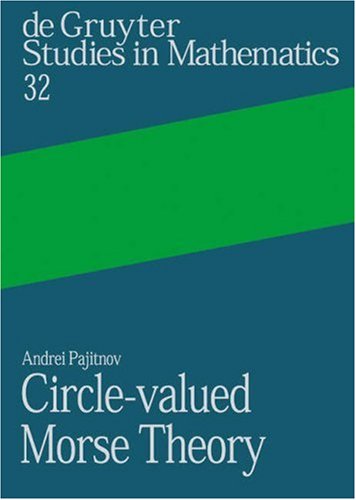

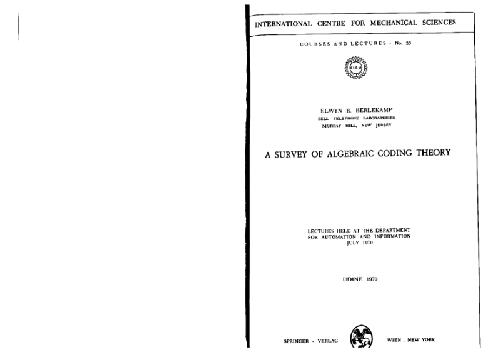
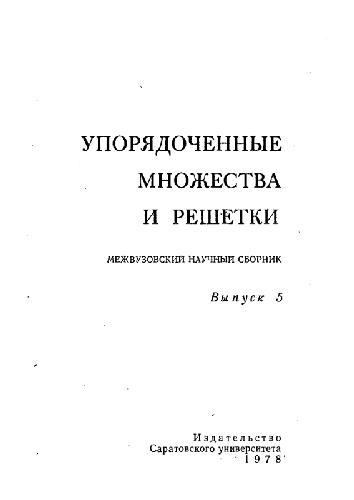
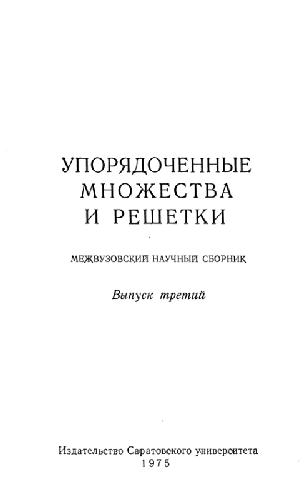

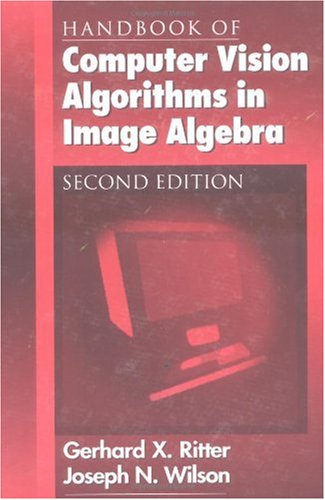
Reviews
There are no reviews yet.